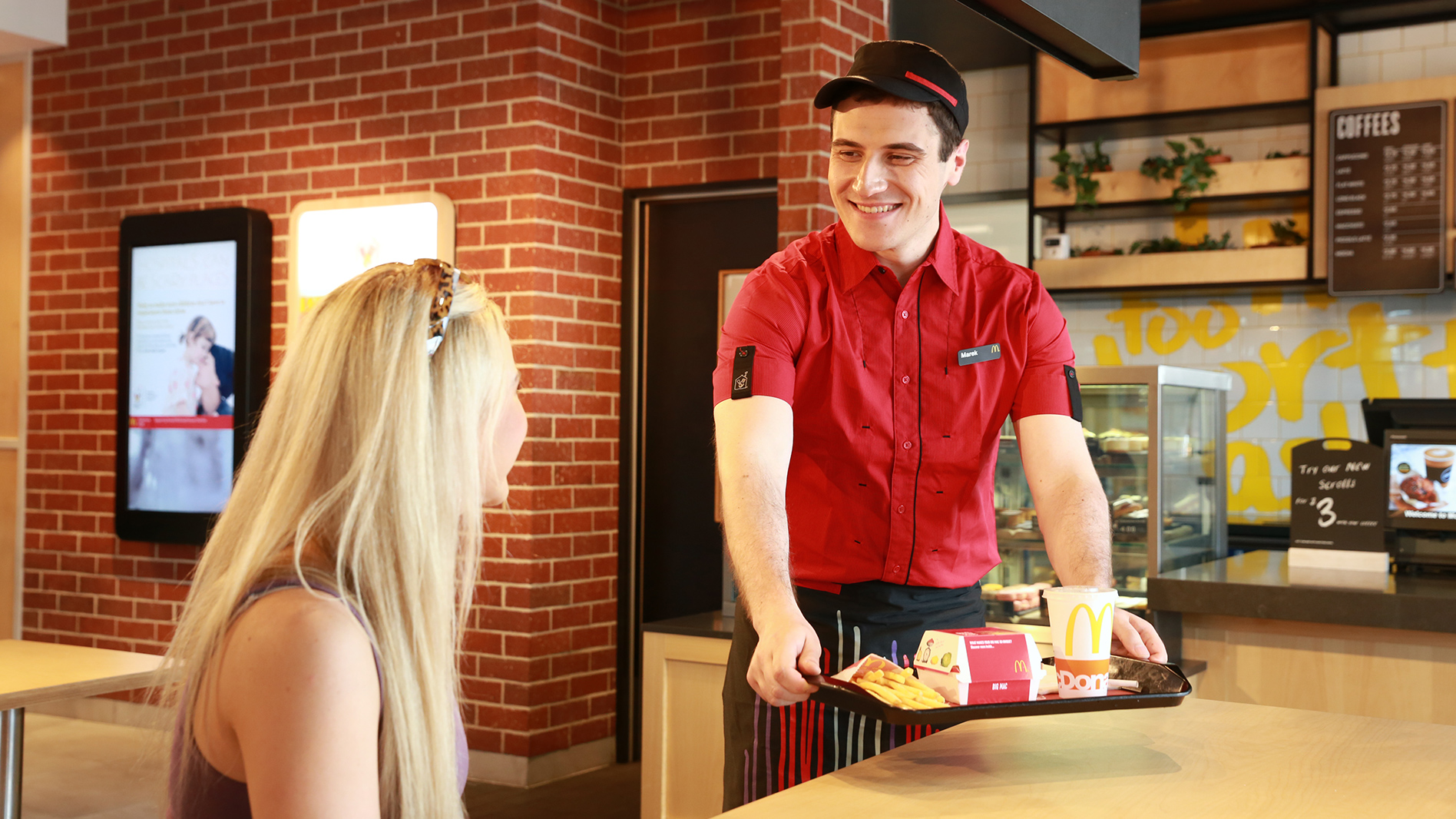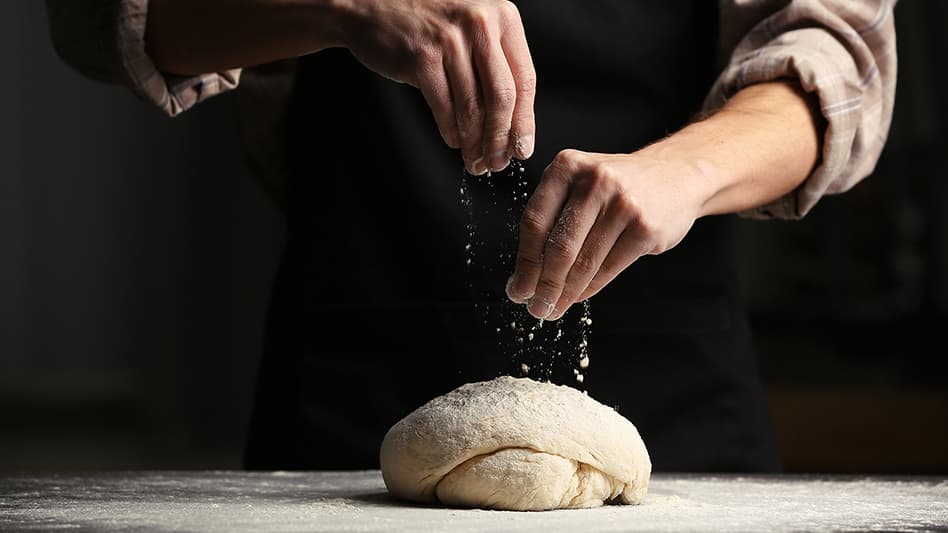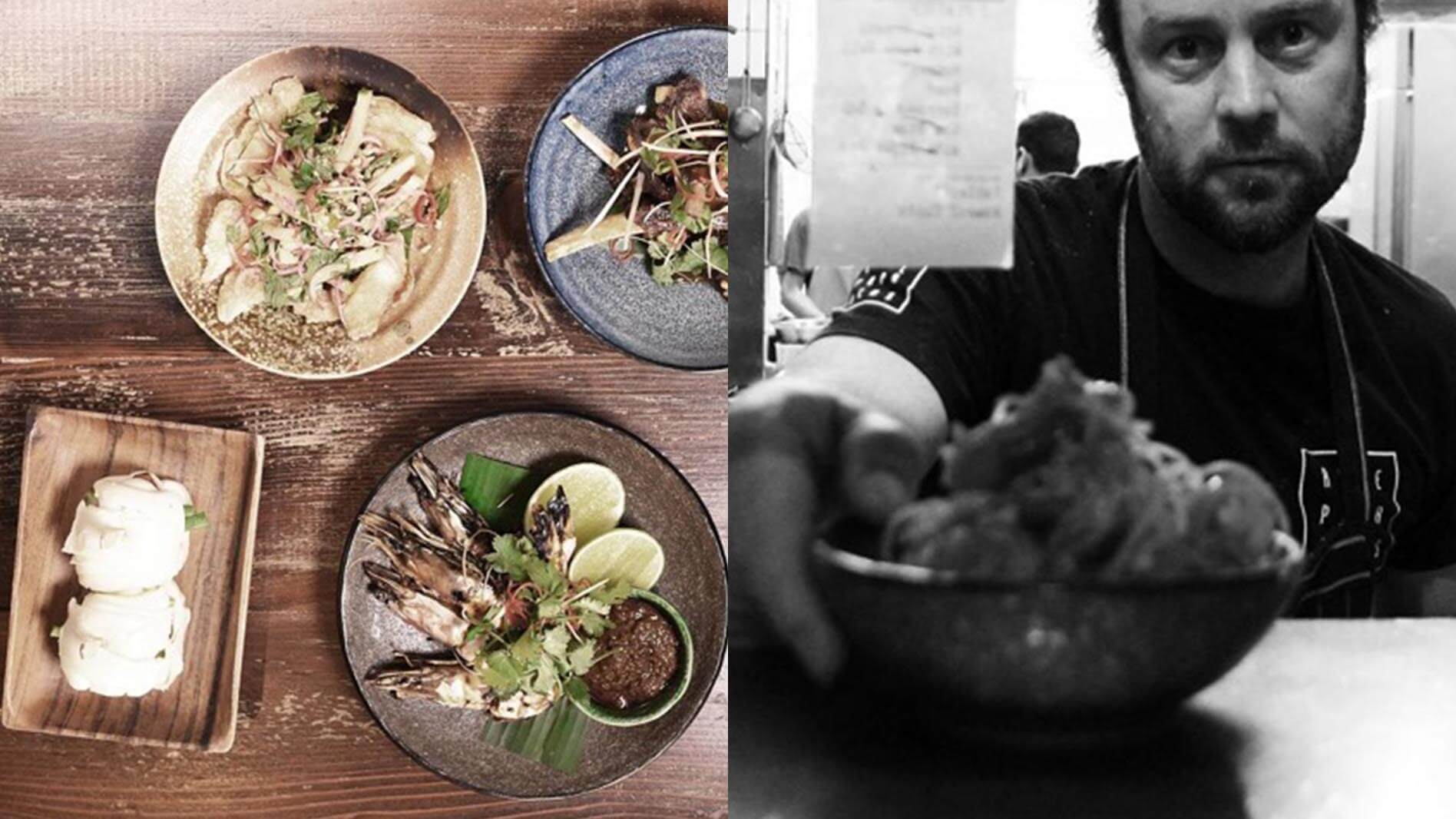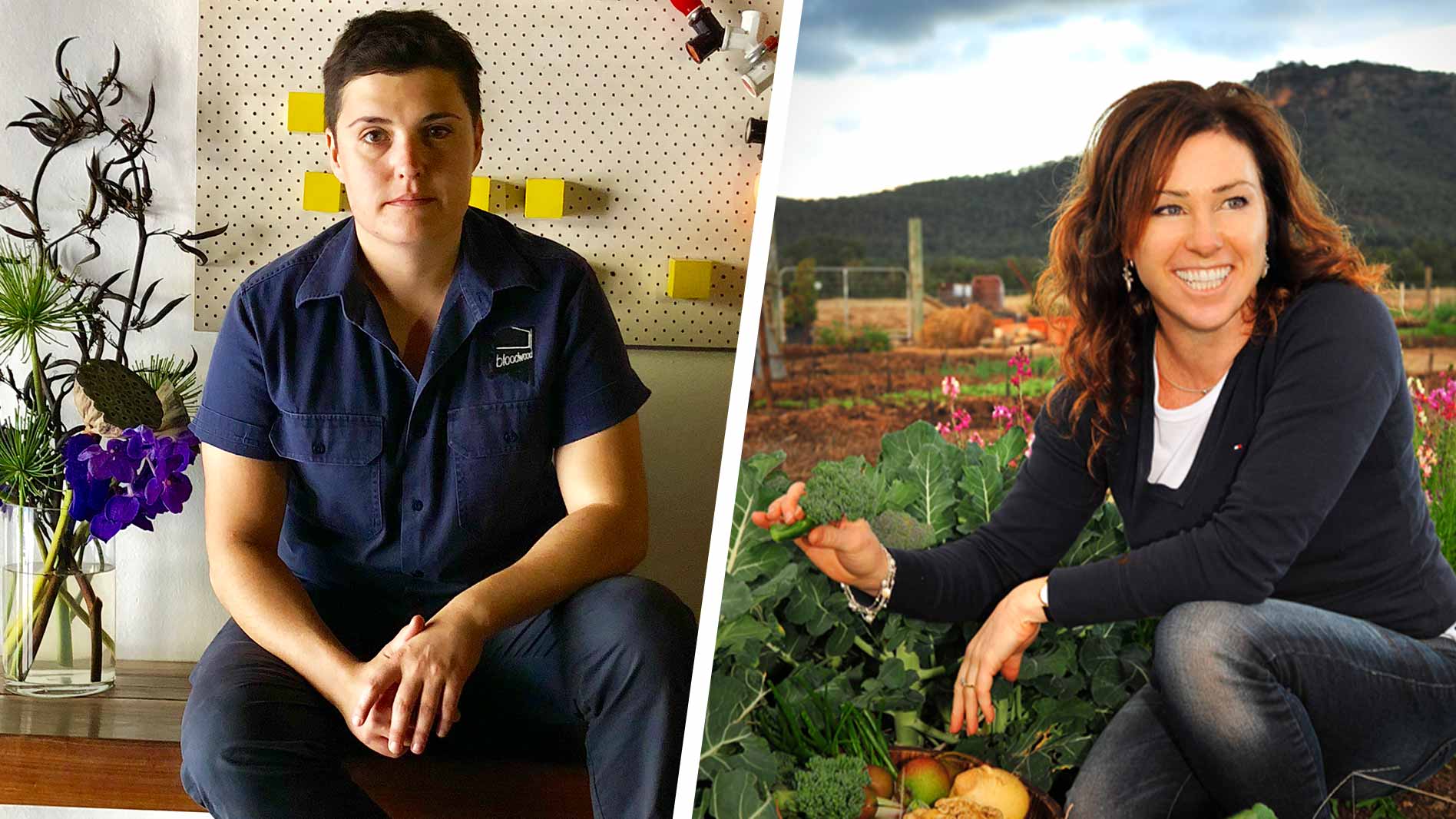Be inspired with recipes created by chefs.
Sign up for updates about products, special offers, news and promotional materials from Goodman Fielder.

Summary
From a rise in demand for product transparency to the growth in fine-casual dining, we have collated the top six trends in consumer behaviours that will change the way you cook in 2018.
Consumer behaviour not only has a large influence on the way chefs prepare and cook meals but often determines what ingredients are being used in dishes. From being more ethically inclined and self-care aware, to the emphasis on photo-friendly food, there are a few trending changes in consumer behaviour that you should consider in the kitchen.

1. Product transparency:
Consumers value trustworthy and quality products; however, the pressure will be felt strongly by food and drink manufacturers to comply with their calls for action. Market intelligence researchers at Mintel claim “manufacturers will be challenged to make transparent and traceable products accessible to its entire consumer base, regardless of income”. This will be the result of an increase in consumer demand regarding information about their food, including reassurance about safety and complete transparency. According to American supermarket chain Whole Foods, manufacturers will be responding with labels such as GMO-free, Fair Trade and Responsibly Grown and Raised.
2. Fine-casual dining:
Gone are the days where fast-food is perceived to be quick and greasy. This year, many fast-food outlets will be adopting a restaurant-like atmosphere to ensure consumers experience the best of both worlds – fast-food and casual dining. AF&Co, an American hospitality consulting agency, predicts an increase in “upscale counter-service, curated ingredients and unexpected touches like a wine bar and optional tasting menu”. Local fast-food stores, such as McDonald’s are already implementing this fine-casual dining approach by providing table service to guests to dip slightly into the dining world. Likewise, Sydney’s high-end burger bar, Bar Luca offers a sophisticated, yet comfortable environment fitted with leather booths to reflect its bistro style. Baum and Whiteman suggest it won’t be long before others will be appealing to wider audiences by adding order and pay kiosks, in addition to upgrading their facilities and interior design.

3. Insta-worthy food:
The craze for delicious food that is equally – if not more – appealing to the eyes as it is to the stomach, is becoming more popular than ever. Consumers are beginning to obsess over what AF&Co have called, “photo-friendly food”. From pastel coloured ice creams and edible flowers to black charcoal lemonade and doughnuts with flavour-filled syringes, it is no wonder that there are over 141 million pictures on Instagram with the hashtag #FoodPorn. It is predicted that the trend will fail to subside this year but rather provide chefs with a challenge to stand out and innovate with food preparation and presentation. Many cafes and restaurants, including Platform 82, already capitalise on this trend by creating large share platters which encourage their customers to share images of their meal on social media. The breakfast and brunch restaurant in Concord West, New South Wales, began as a dinner restaurant, but quickly gained traction on social media with their giant platters attracting hundreds of customers queuing each day to try them.
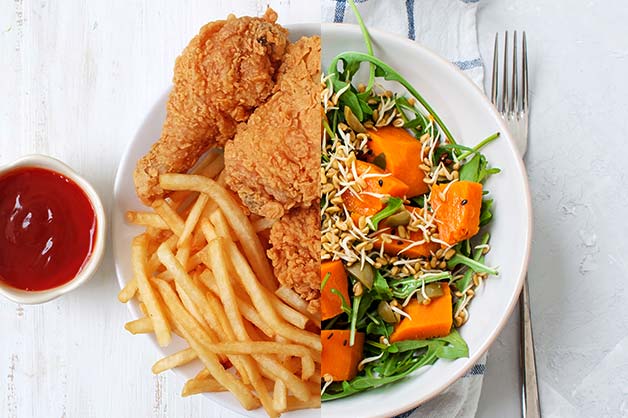
4. Self-care aware consumers:
Amidst the busyness of modern life, consumers are increasingly driven toward valuing self-care and prioritising time for themselves. By dedicating more time to considering the nutritional and emotional benefits of ingredients and products, individuals are significantly more invested in recognising the types of food they are consuming. Food magazine, Delicious, forecast a rise in health foods, including functional mushrooms with the “adaptogenics found in herbs and plants believed to boost the immune system and antioxidant levels”. Consumers are implementing a range of portion sizes and personalising their nutrition intake based on what they believe will make them feel better. With more people concerned about improving their overall gut health naturally and therefore choosing to integrate simple, flexible and natural diets into their lifestyles, chefs must consider this mindfulness that potential customers have towards their health.

5. Technology takeover:
The advancements in technology have led to an increase in accessibility to artificial intelligence and automation systems, both of which are making their way into the hospitality industry quickly. The introduction of kitchen robotics, such as Flippy, will allow chefs to allocate mundane tasks to technology. The burger-flipping robot created by Miso Robotics was introduced within an American burger store earlier this year to assist and work alongside kitchenhand, rather than replace them completely. Additionally, facial recognition systems will replace loyalty and reward cards, as well as become a more common marketing strategy among hospitality businesses. An example of this being global coffee company, Douwe Egberts, installing an airport coffee machine which dispensed a free coffee once its sensors recognised passers-by yawning.
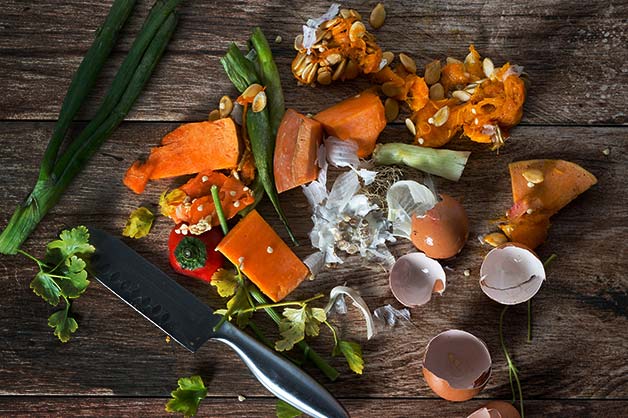
6. Zero waste:
By taking environmental impacts and the extent of food waste into consideration, consumer behaviour is shifting with individuals becoming more ethically inclined. As costs of living increase, individuals are focusing on ensuring zero waste when cooking from home. Waitrose suggested that instead of following three meals a day or eating excessively, consumers tend to graze throughout the day and adjust their eating routine to suit their busy lives. Likewise, fewer people are choosing to do a weekly ‘big shop’, and are instead opting to purchase fresh produce multiple times per week. This behaviour will continue to contribute to reducing waste, as less product is being thrown out. According to Whole Foods, food manufacturers are responding to this shift in consumer behaviour and values “by using parts of plants or animals that were once considered trash, such as pickled watermelon rinds or broccoli-stem slaw”.
Related Ideas
25th March 2023
A Chef’s Guide to Gluten Free Baking
Want to know how to turn your bakery goods into a gluten free delight? Check out our gluten free baking guide now.
21st March 2023
How Chefs can Deal with Dietary Requirements in their Kitchen
One of the key issues that many chefs face in dealing with dietary requirements in the kitchen is that it changes the nature of their dish. We spoke to some experts on how they deal with dietary requirements in their kitchens.
2nd February 2023
A guide to deep frying
Perfectly golden, delightfully crisp, deep fried goodness is one of the eternal comfort foods. We run through the tips of the trade to ensure your frying hits the mark every time.
